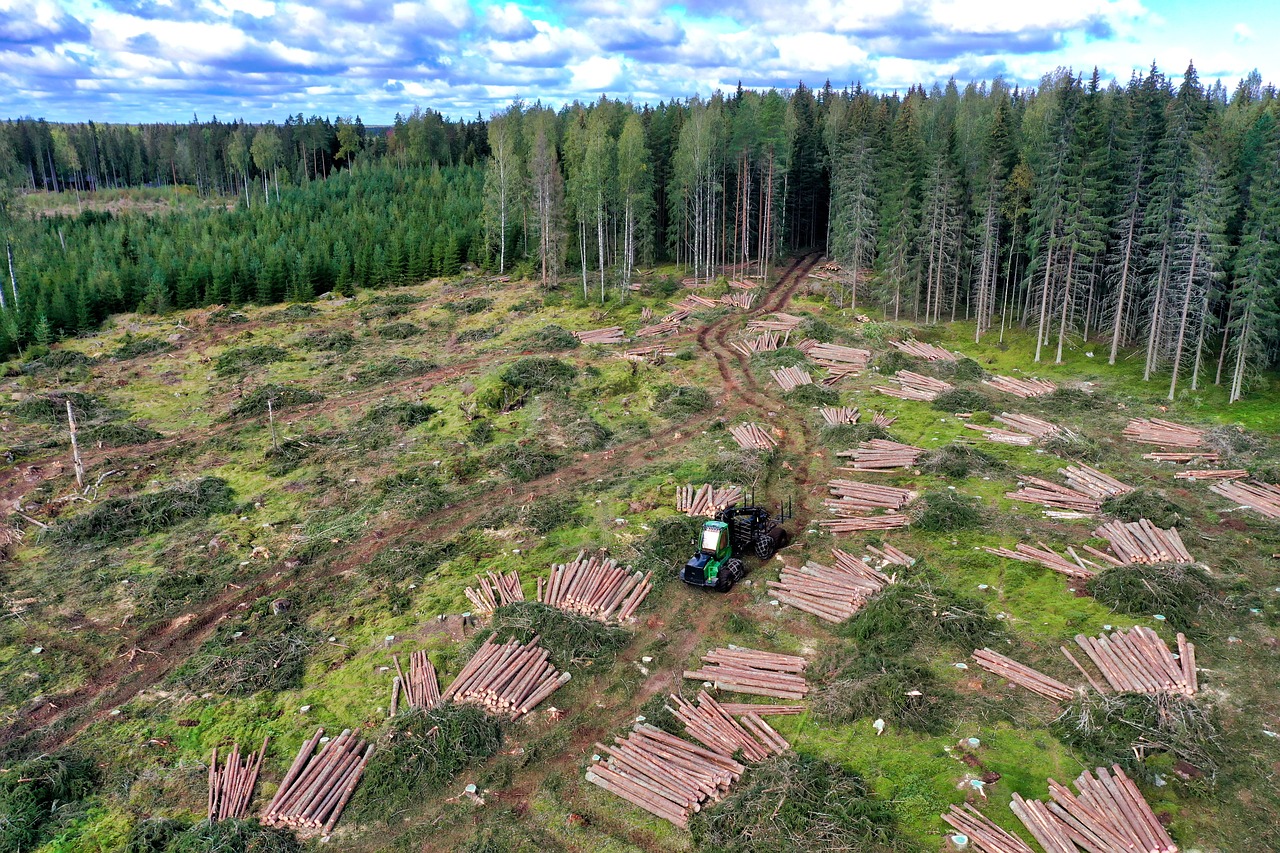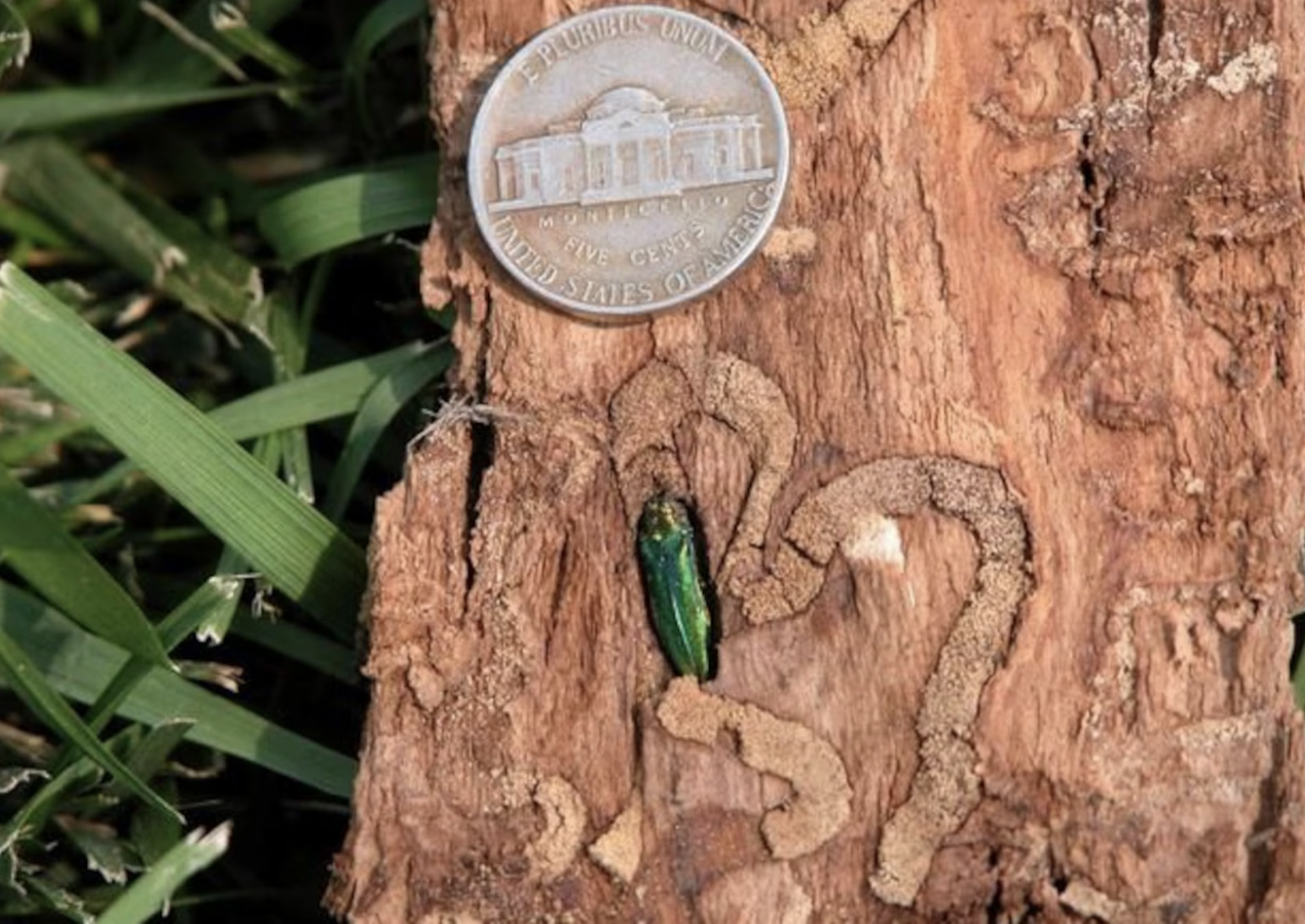Completed as an assignment for EEB317: Ecology of Fields, Rivers, and Woodlands.
Large-scale deforestation threatens our ability to combat the climate crisis. Forests act as valuable carbon sinks, with trees removing CO2 from the atmosphere and storing it in plant tissue as they grow.

That carbon is then cycled through the ecosystem, but is released when the trees die. We are losing millions of acres of forests each year, releasing carbon into the atmosphere and reducing our ability to re-capture it.
We must protect existing forests. Replanting isn’t enough. Younger (smaller) trees cannot store as much carbon as established trees, and forests in the earlier stages of succession lack the groundcover, biodiversity, and well-distributed tree heights of established forests.
Trees provide food and shelter, but they also protect our freshwater. As water moves within a watershed, the trees slow, filter, and store it. This reduces the risk of flooding and droughts that deforested areas and human-built environments often face.
Interaction with trees and green spaces is proven to improve mental health. For many of us, trees are the oldest living things we interact with.
The trees I pass by on campus have seen generations of students study in their shade. The trees that survived the bombing of Hiroshima now have offspring growing around Hiroshima University’s campus. Trees are our elders, a valuable connection to the past and to future generations. This alone makes them invaluable.
Forests in the northeastern US are struggling due to large deer populations; the deer eat saplings, limiting the trees’ ability to reproduce and our ability to reforest.
Invasive species are also problematic. The emerald ash borer is killing ash trees in the northeast, just as the spotted lanternfly threatened tree populations in the last few years and an introduced fungus killed chestnut trees in the 1900s.

Image of an emerald ash borer.
To protect the native biodiversity of our forests, it is important that we target invasive and overpopulated species through selective hunting, sterilization, and immunization.
In order to protect against global climate change, we need to take concrete action to reduce deforestation, reforest viable land, and protect old growth forests. We can’t just plant trees anywhere, as attempting to forest ecosystems like grasslands will only do further damage; we need to focus on existing and former forests, including deforested farmland.
Please do all that you can to make sure our forests are protected, so they can continue to store carbon, manage our water, and connect us with each other.